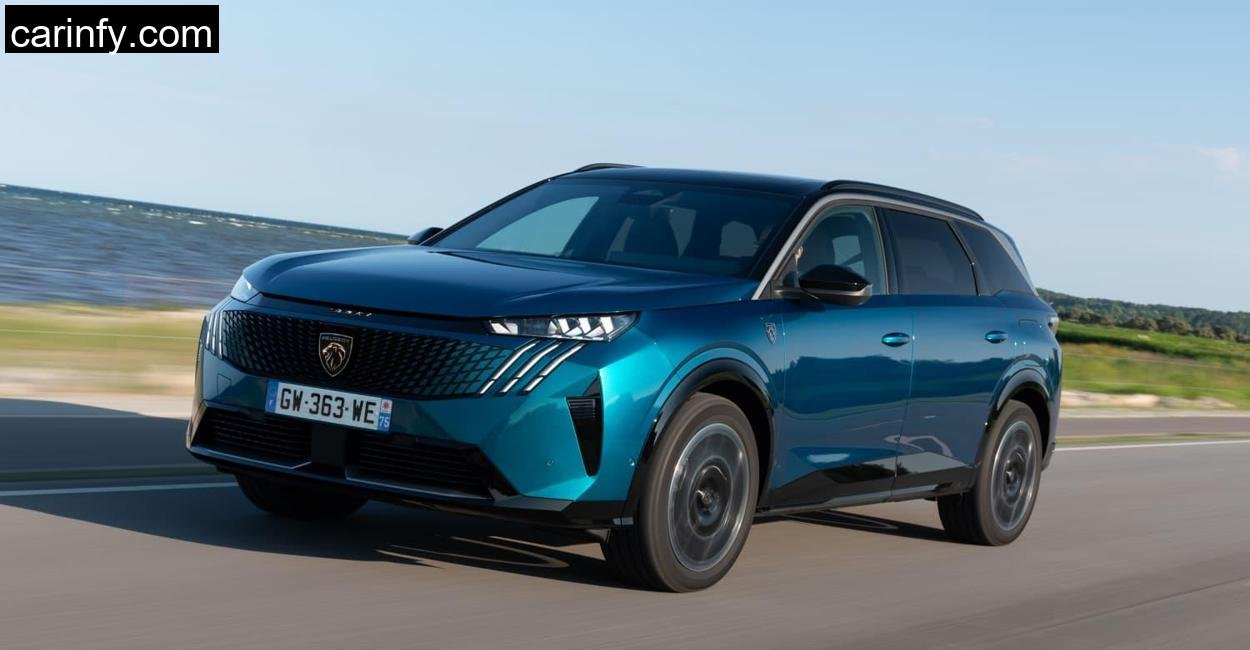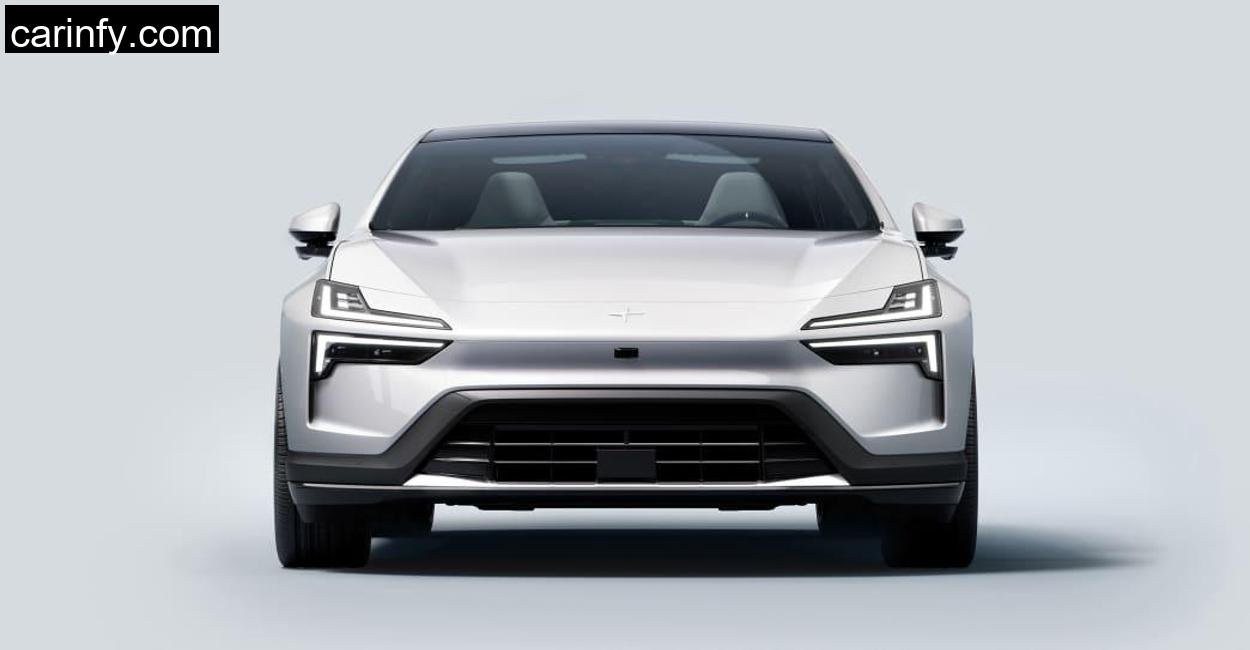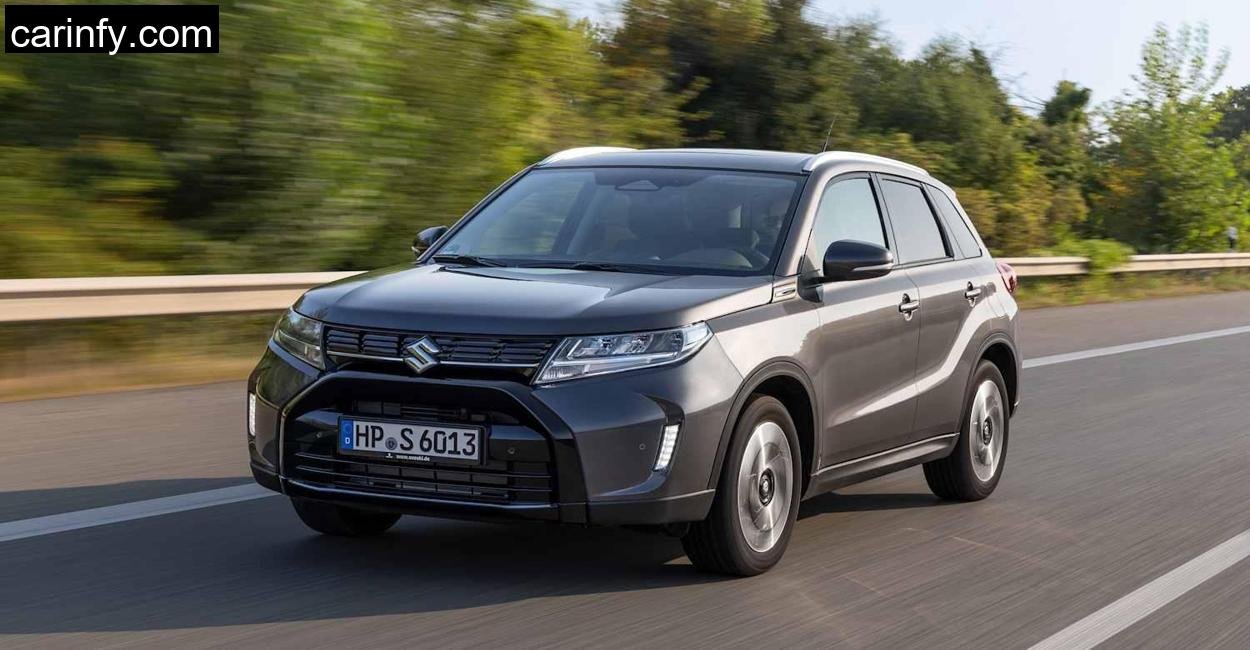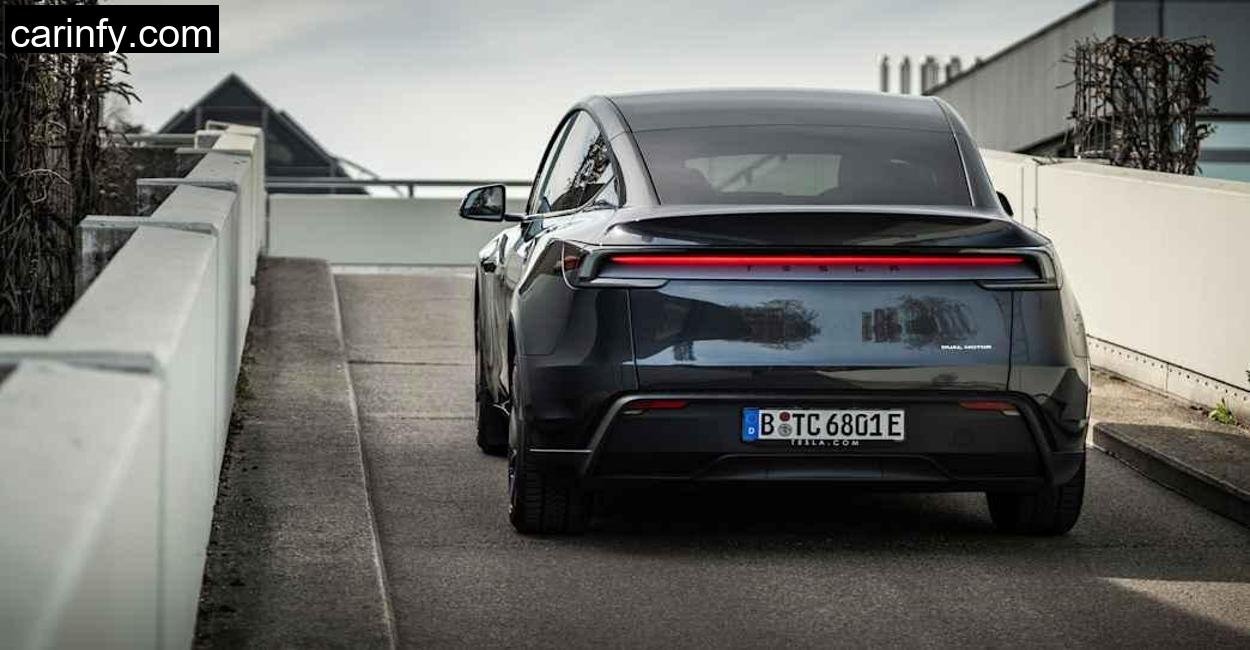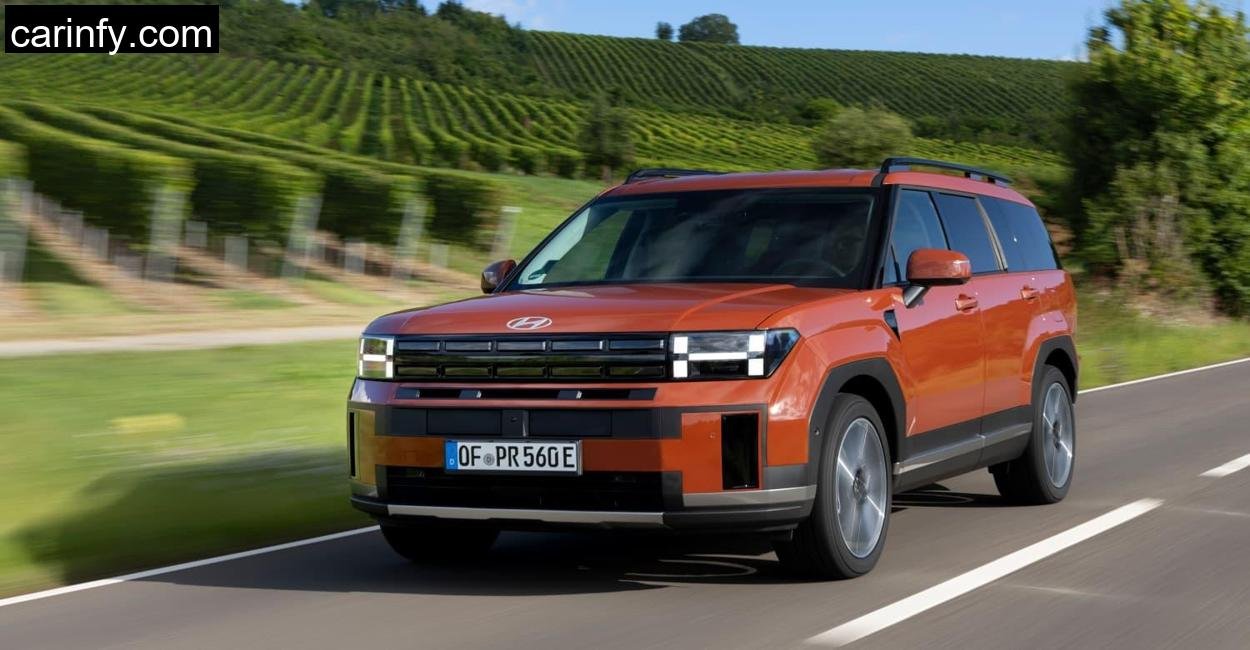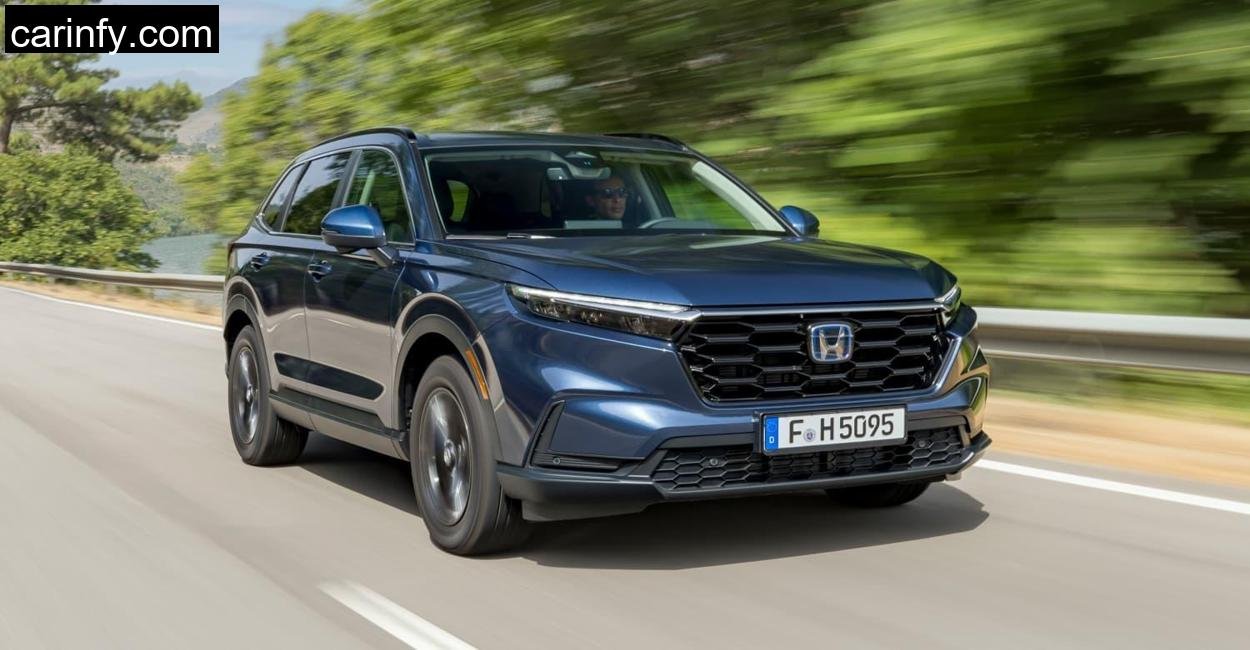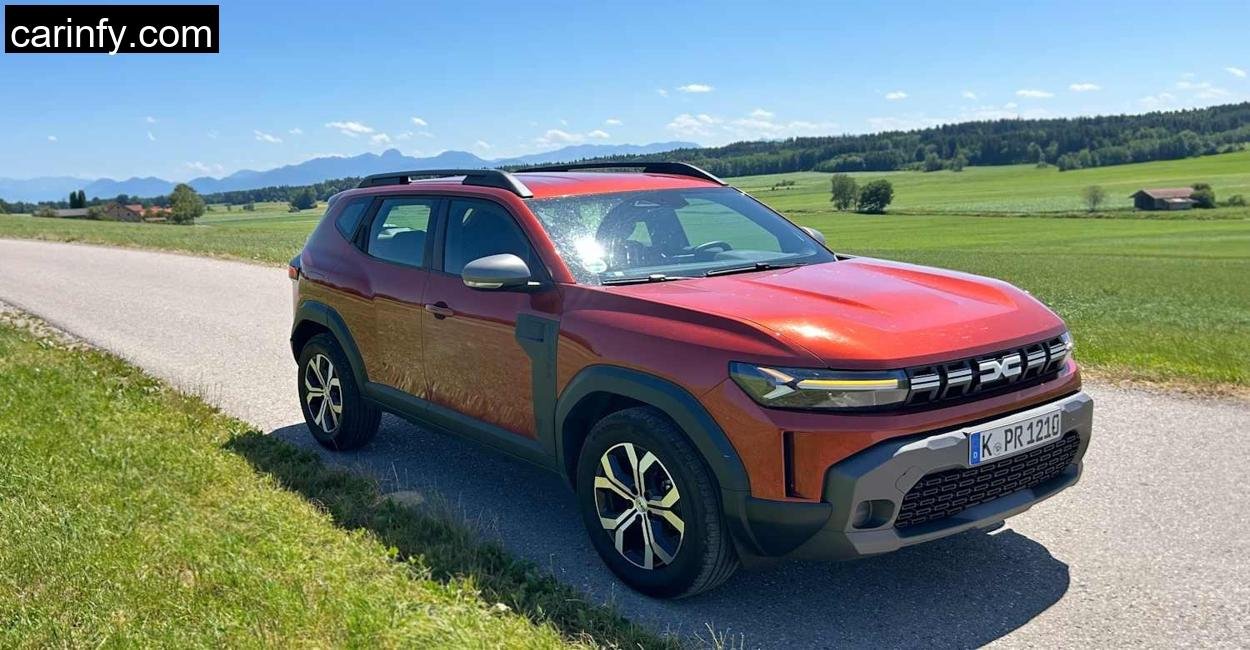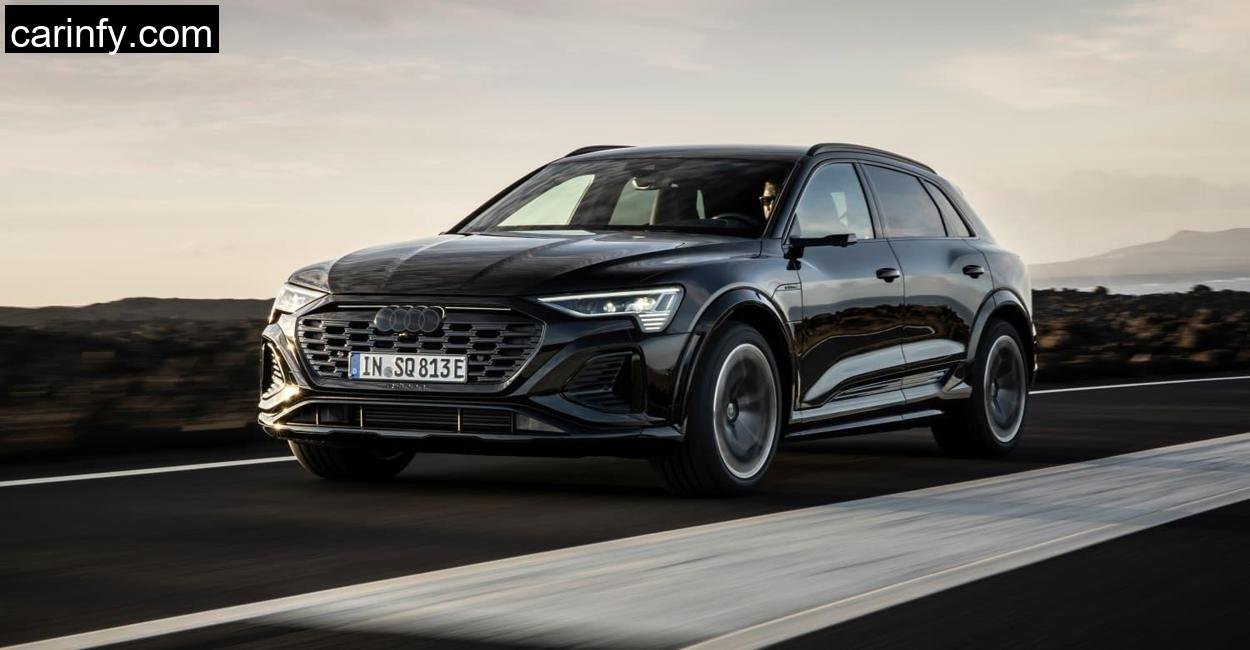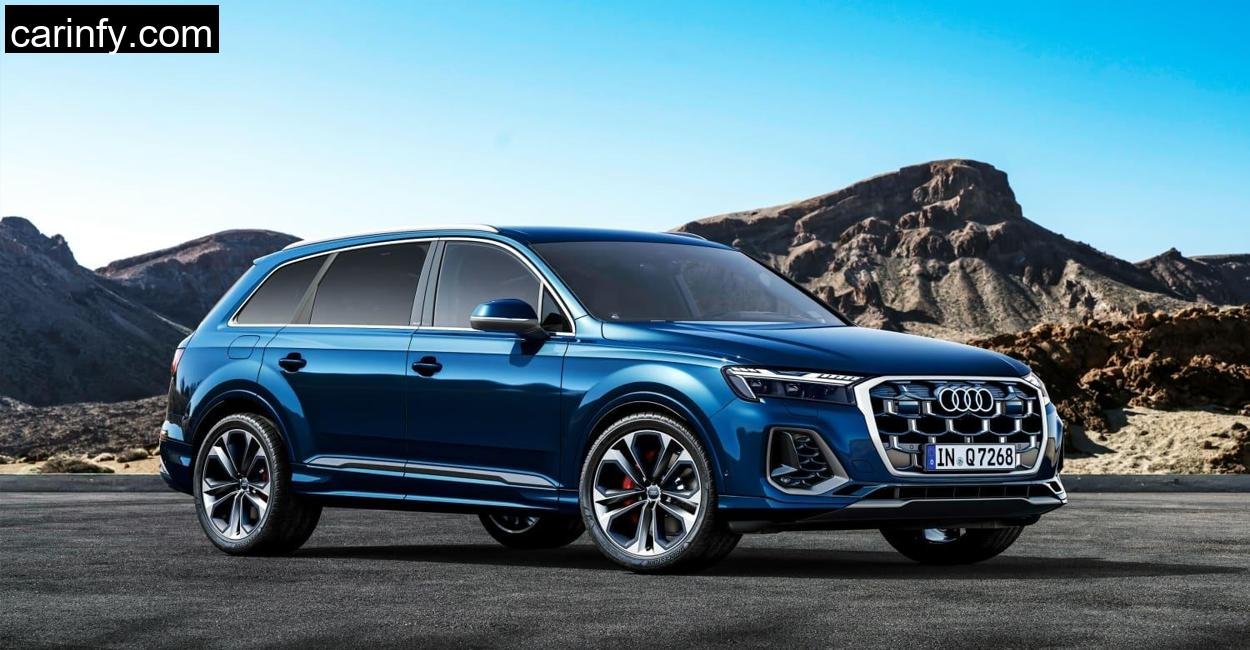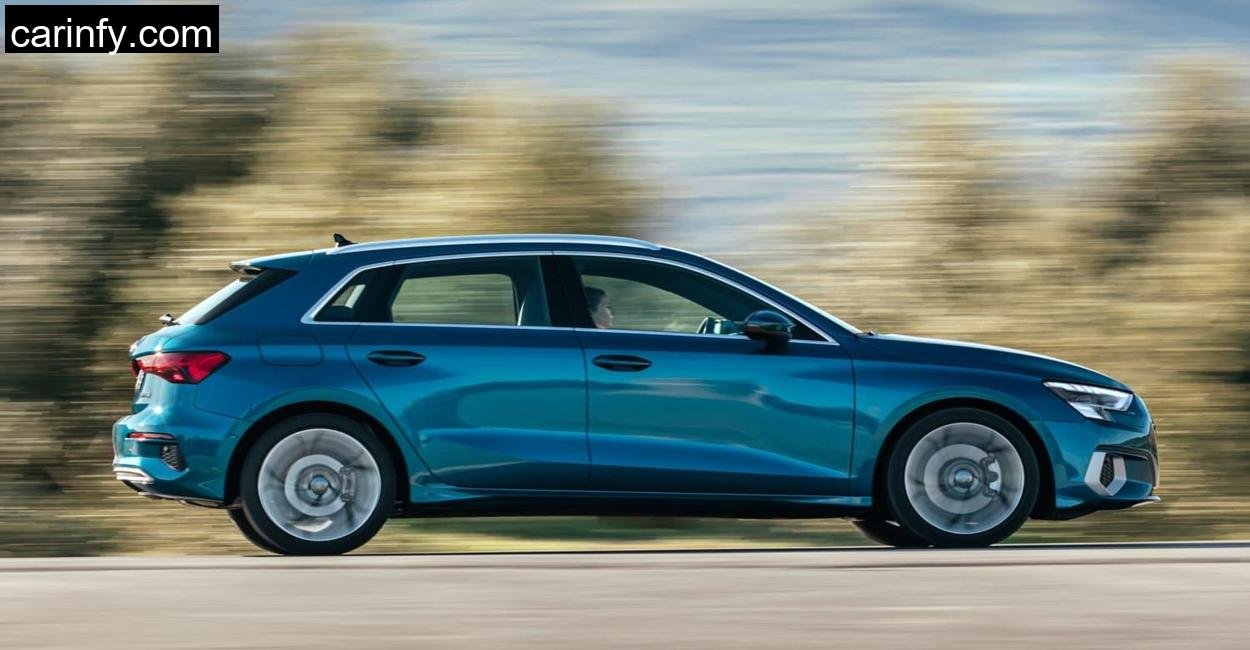I’ve always believed that the best way to truly understand a car is to take it somewhere far from the city noise, where roads wind like brush strokes on a canvas and the scenery is grand enough to make you feel small. That’s why, when I got the keys to the new Peugeot e-5008 210 GT, my destination was clear, the Grande Casse in the French Alps. Towering at over 3,800 meters, it’s not just the highest peak in the Vanoise National Park but also one of the most picturesque locations to test a car that claims to be both versatile and family-friendly.
I’d heard quite a bit about the e-5008: the seven-seat layout, the electric drivetrain, and the promise of real-world usability. But how would it all come together when faced with hairpin turns, high altitudes, and long stretches of mountain roads? I was about to find out.
Peugeot 5008: The Long-Legged 3008

The e-5008 is essentially the stretched sibling of the Peugeot 3008. At 4.79 meters long, it’s clear that Peugeot didn’t just tack on some extra sheet metal. They reimagined the design with boxy sophistication, making it look less like an elongated crossover and more like a purposeful family SUV.
The front fascia is all Peugeot, bold grille, signature ‘lion claw’ daytime running lights, but the silhouette is more upright. With a width of 1.89 meters and a height of 1.69 meters, the car doesn’t scream aggression but instead radiates practicality. It’s a car that looks like it knows its job: to carry people and their belongings in comfort.
Home Away From Home: Interior Comfort and Tech

Sliding into the driver’s seat, I was greeted with Peugeot’s familiar “i-Cockpit”. Now, here’s where opinions split. The steering wheel sits unusually low, and the 21-inch digital display stretches across the dash like a futuristic command center. Initially, I struggled, I’m 6’1″ and my knees weren’t too happy about the wheel’s positioning. But after a few adjustments, I found a sweet spot.
The GT version I drove was decked out with fabric-covered dashboards, ambient lighting, and soft-touch materials that made the cabin feel more like a Scandinavian living room than a French automobile. The piano black trim looks stunning, until it catches a fingerprint or two.
The infotainment interface is quick, though not entirely intuitive. Some menu items are tucked beneath the steering wheel rim, and others are so far to the right that reaching them became a stretch. Thankfully, the customizable “i-Toggles” saved the day. I preset mine for navigation, seat heating, and radio favorites, and they worked without a hitch.
Smartphone connectivity is wireless and seamless, and the voice command system, triggered by saying “OK Peugeot”, actually understood my commands in natural language. It even knew when my passenger was giving it instructions, which made us chuckle more than once.
Real-World Seating and Cargo: Space for Seven

My journey to Grande Casse included a family of five, plus gear. The second row offered plenty of legroom, even for my teenage son who’s already brushing 6 feet. Headroom was a bit tighter, but manageable. The third row wasn’t exactly palatial, but it could fit two adults under 6 feet, or kids without complaint.
With all seven seats up, trunk space is a tight 120 liters, enough for a couple of backpacks and not much more. But fold the third row and you get 445 liters, which swallowed our duffel bags, camera gear, and picnic supplies with ease. Flatten all rear seats and you’re looking at a 1315-liter cavern, accessed via a low load lip that made packing a breeze.
Behind the Wheel: Testing the e-5008’s Mettle
Equipped with a 157 kW (213 hp) electric motor driving the front wheels, the e-5008 isn’t about blistering acceleration. 0 to 100 km/h in 9.7 seconds won’t set your heart racing, but it’s more than adequate for merging on highways or overtaking slow campers on alpine roads. The car weighs 2.3 tons, but it hides its heft well.
What impressed me most was the regenerative braking system, operated via paddles behind the steering wheel. On downhill sections of the Col de l’Iseran, I barely touched the brake pedal, just toggled the paddles and let the regen do its job. Not only did it keep things smooth, but it also helped maintain range.
Speaking of which, Peugeot claims a WLTP range of 502 km. In real-world conditions, winding roads, occasional AC use, and a family load, I managed around 440 km on a full charge. That’s competitive, though not class-leading.
Charging in the Wild: Fast Enough?
Charging the e-5008 is straightforward. At a fast-charging station in Bourg-Saint-Maurice, I went from 10% to 80% in about 35 minutes, peaking at 160 kW but averaging around 109 kW. That’s decent, though not exceptional. The car currently lacks battery preconditioning, which means cold starts slow down charging, a fix Peugeot promises by mid-2025.
At home or at a chalet with an 11 kW AC wallbox, a full charge takes around 8 hours. Peugeot also plans a 22 kW variant, which would halve that time, but it wasn’t available for my test.
Ride and Handling: French Composure
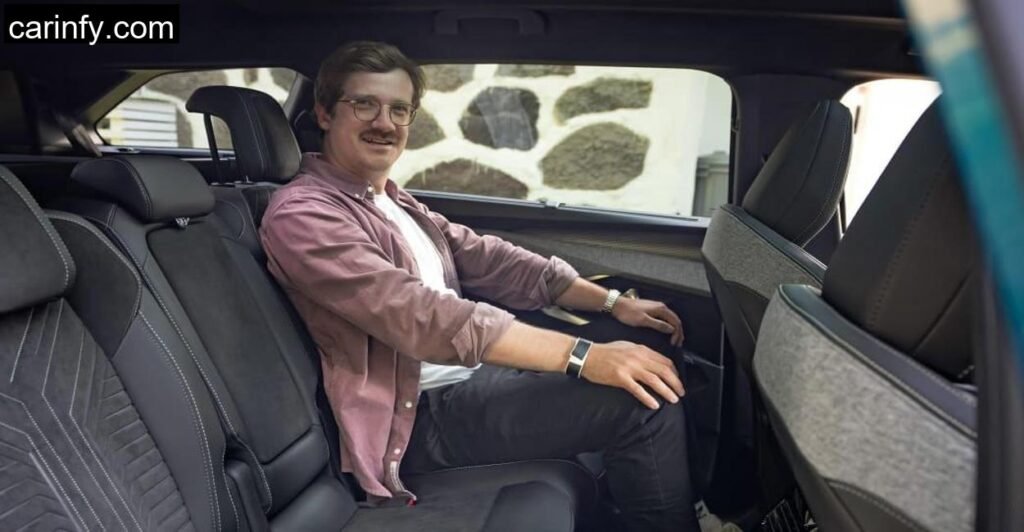
The e-5008 rides on steel springs with standard dampers, but you wouldn’t know it. Even on the 20-inch wheels of the GT trim, the ride was plush. Cobblestone streets in Tignes and uneven mountain paths were absorbed with minimal fuss. The long wheelbase and multi-link rear suspension (exclusive to the electric version) certainly help.
On twisty alpine roads, the SUV’s limits become clear, it’s not a hot hatch. But the body roll is controlled, steering is direct, and the ESP system is always vigilant without being intrusive. The steering could use more feedback, but for a family SUV, the dynamics are more than satisfactory.
Noise insulation is another win. Cruising at 130 km/h on the autoroute, interior noise was measured at just 66.4 dB(A). My wife even took a nap in the back seat, something she rarely does on road trips.
Powertrain Options: More Than Just Electric
If electric isn’t your jam, Peugeot still has you covered. There’s a 136 hp mild hybrid with a 6-speed dual-clutch, sipping 5.7 liters per 100 km. It’s good for city dwellers not ready to make the EV leap.
A 195 hp plug-in hybrid is also on the table, offering up to 80 km of electric-only range. That’s enough for most daily commutes, and it adds flexibility for longer trips.
Specifications Table
These technical specifications are as listed by the Peugeo’t’s official site.
| Specification | Peugeot e-5008 210 GT |
|---|---|
| Engine Type | Electric |
| Max Power | 157 kW / 213 hp |
| Torque | 345 Nm |
| Drive Type | Front-Wheel Drive |
| 0-100 km/h | 9.7 seconds |
| Top Speed | 170 km/h |
| Battery Capacity (Net) | 73 kWh |
| WLTP Range | 502 km |
| Real-World Range | 440 km |
| AC Charging Power | Up to 11 kW |
| DC Fast Charging Power | Up to 160 kW |
| Charging Time (10-80%) | ~35 minutes |
| Trunk Volume (Normal) | 748 liters |
| Trunk Volume (Max) | 1815 liters |
| Length x Width x Height | 4791mm x 1895mm x 1694mm |
| Curb Weight | 2293 kg |
| Base Price | €55,500 |
Conclusion: A Worthy Family Companion
After spending a week with the Peugeot e-5008 in one of Europe’s most demanding environments, I came away impressed. No, it doesn’t have the brute force of a Tesla Model X or the ultra-premium vibe of a BMW iX, but it doesn’t try to. What it offers is a balanced, practical, and genuinely comfortable electric SUV with room for seven.
It’s not perfect, the infotainment system needs simplification, and the charging speed could be more consistent, but as an all-rounder for families, it’s hard to beat. Especially when rivals like the VW ID.4 and Renault Scenic can’t match its seating capacity or versatility.
The e-5008 proves that electric mobility doesn’t have to mean compromise. It can mean comfort, style, and real-world usability, even in the shadow of the mighty Grande Casse.
How many seats does the Peugeot e-5008 have?
It comes standard with seven seats.
What is the real-world range of the Peugeot e-5008?
Around 440 km, depending on driving conditions.
How long does Peugeot e-5008 take to charge?
From 10-80% in about 35 minutes using a DC fast charger.
